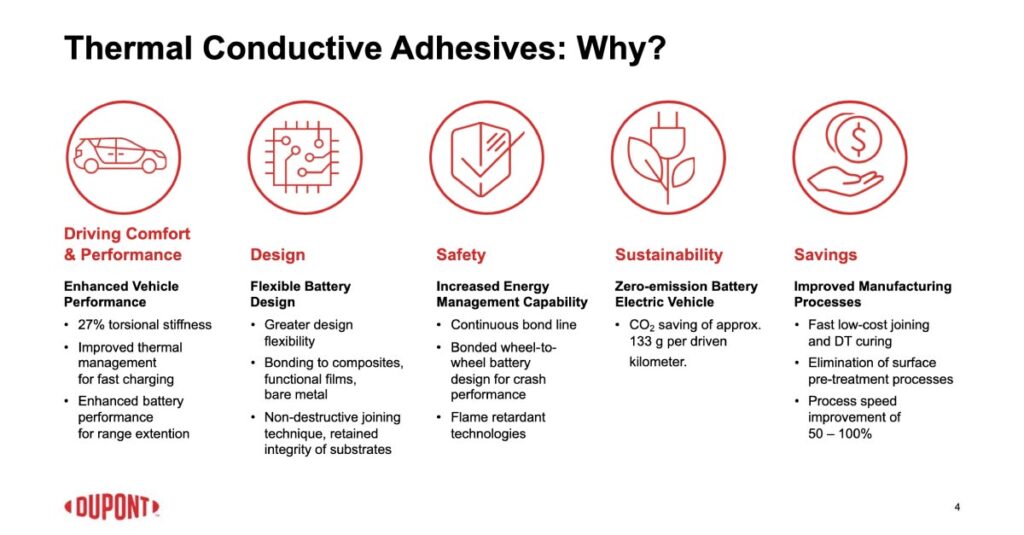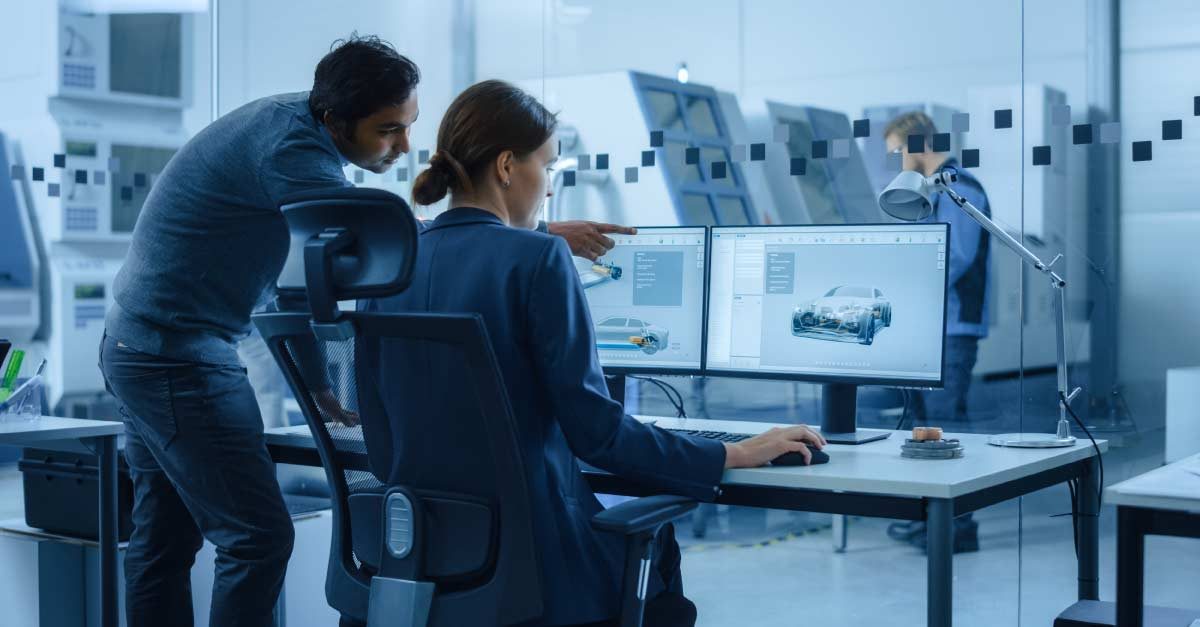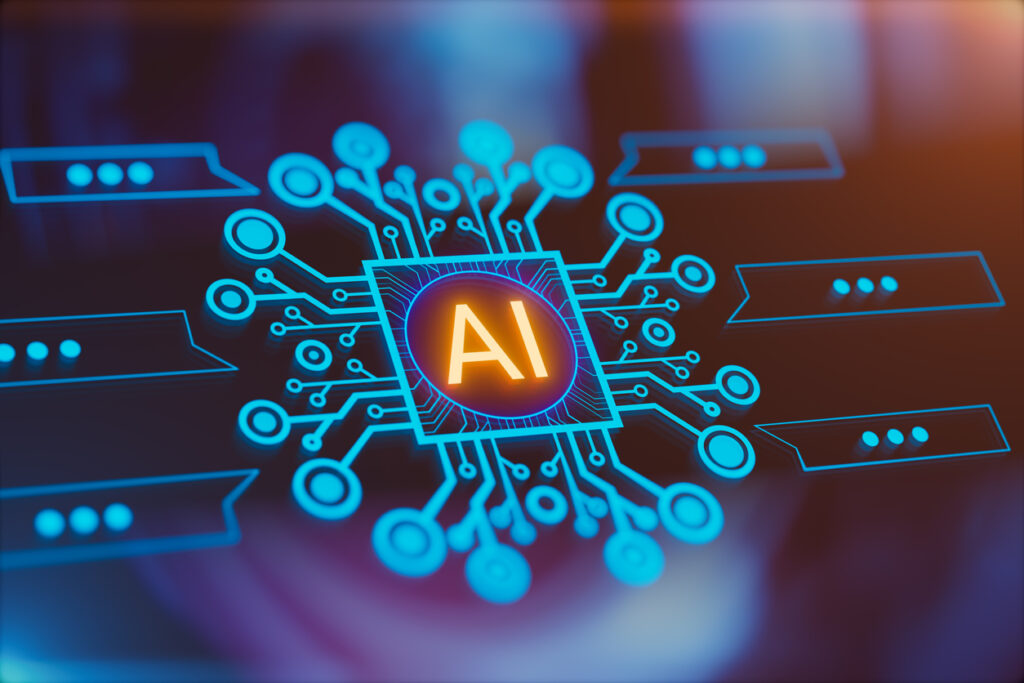Mobility has transformed into a user-centric concept – recognizing that transportation products and services must be responsive to the needs, habits, and preferences of consumers. As the automotive industry continues to rapidly evolve, so too must the new mobility workforce.
The internal combustion engine (ICE) has been used in the commercial production of motor vehicles since the 1880s. By the 1910s, gasoline internal combustion engines became the dominant engine type. Now, it is expected that the market share of conventional ICEs will shrink to about 20% by 2050 (perhaps even by 2040).
The rise of new mobility technology, specifically battery electric vehicles (BEVs), is pushing sustainability, safety, and design to new heights. So, the value chain and workforce are expanding and diversifying too.
For decades traditional automotive engineering jobs could be divided into three categories: electrical, software, and mechanical safety. But roles are evolving. BEVs necessitate more engineers and more disciplines for their development. Design, materials development, test, and quality roles are on the rise.
Chemical Engineering, BEVs, and Adhesives
Every day that ICE vehicles and BEVs move closer to cost-of-ownership parity, engineering, chemistry, and innovation are leading the way. In a recent webinar presented by SAE International and DuPont, adhesives and the future of battery designs were discussed.
Maximum battery capacity and fast charging are leading considerations for BEVs. In the webinar, Dr. Stefan Schmatloch, DuPont Head of Technology, Adhesives Europe, noted that cooling is key to the functionality of batteries. Battery design, materials (aluminum or composite), and the liquid cooling plate or medium must all work together to successfully cool electric vehicle batteries … Adhesives can provide a favorable solution to evenly transfer heat from the battery modules to the cooling system.
During the webinar, Schmatloch explained the advantages of thermal conductive adhesives for the future of battery designs:

Without a deep understanding of the properties, composition, structure of matter, and the laws that govern the reactions of substances to each other, electric vehicle battery technology wouldn’t have the range or safety it does today (and is projected to have in the years ahead). Chemical engineers are indispensable to the future of BEVs.
UX, BEVs, and Customer Satisfaction
Consumers crave parity between BEVs and ICE vehicles. From the driving experience, value, comfort, styling, and more, automakers need to deliver top-notch customer experiences.
Take it from the fastest growing company in the world, Tesla. Tesla, again, placed first in the most recent Consumer Reports’ automotive owner-satisfaction survey. A few consumer insights into why focus primarily on Tesla’s superior user experience (UX) design. From its large screens and automated driver profiles—which include automatically adjusting the wheel and mirror location and suspension, braking, lights, radio presets, etc. to match each driver’s preference/style, Tesla’s UX is one of a kind.
Dynamic personalization is next for this automaker. Tesla CEO Elon Musk said, “You’ll probably want dynamic personalization; so it’s like you step into the car, it knows who you are, it knows everything you want, and the car reconfigures itself automatically to all your preferences. So you could step into any car, and that’s how it would be.”
Tesla’s dynamic personalization feature hasn’t launched yet, but the framework is already in place.
Look at Tesla’s careers page and you’ll discover the importance placed on UX and design. So, if this industry leader is to serve as a benchmark, UX and design roles can be expected to grow industry wide.
Additionally, most of the research in BEV adoption is focused on functional factors such as driving range, financial feasibility, availability of chargers, etc., while the emotional and experiential factors associated with driving BEVs remains untapped.
Empathy and foresight are at the forefront of successful product innovation. For example, it’s easier not to have to manually adjust vehicle settings; it’s better when the vehicle does it for you. That’s empathy at work.
While some engineers like Schmatloch, who studied chemical engineering and chemistry then later earned another degree in marketing, finance, and executive leadership, can tackle both analytical and creative subjects, usually one system of thought dominates the other. However, both chemical engineering and UX design roles will be critical to the new mobility workforce.
New Mobility Workforce Research
For a greater understanding of new mobility, the technology, and the professionals working in the industry, a research study can help. From a macro view to a micro view of all the quickly evolving trends shaping the industry, research can equip teams with the necessary information to support strategic decision-making. Persona development can help identify new types of customers, partners, and suppliers. UX testing can support product development teams; customer journey mapping can inform customer experience and marketing teams.
Every new trend in this space can have an impact. In the race to electrification and customer satisfaction, leadership teams need actionable insights to move forward with confidence. The Martec Group can help you better understand who new mobility professionals are, what their needs and wants are, and understand where they go to fulfill their information needs.




